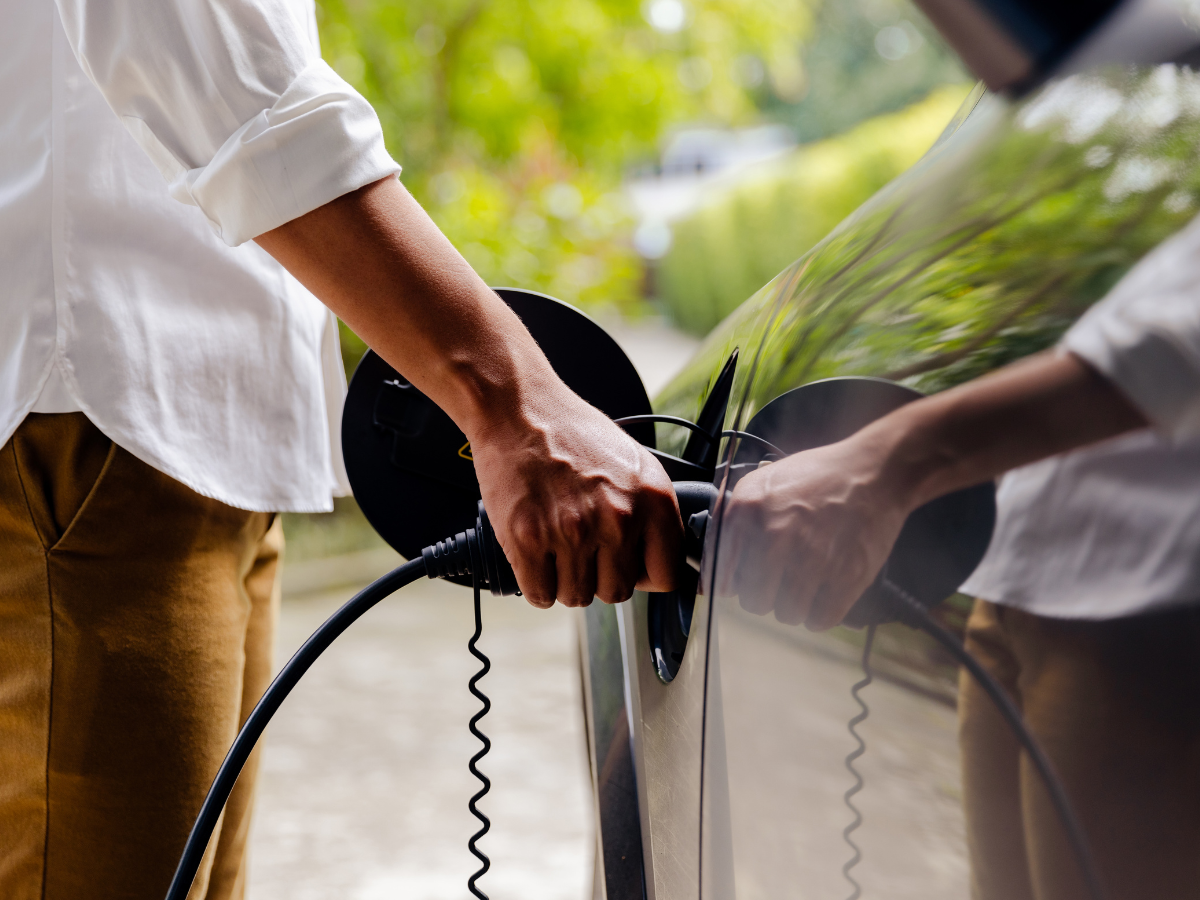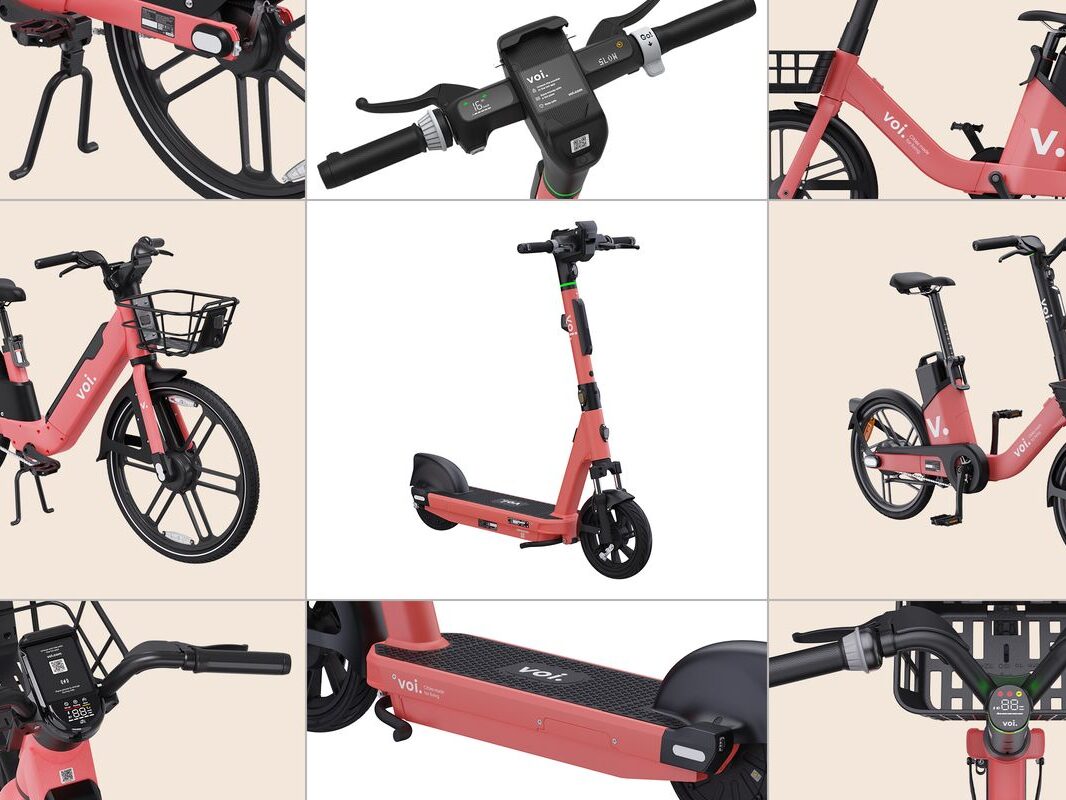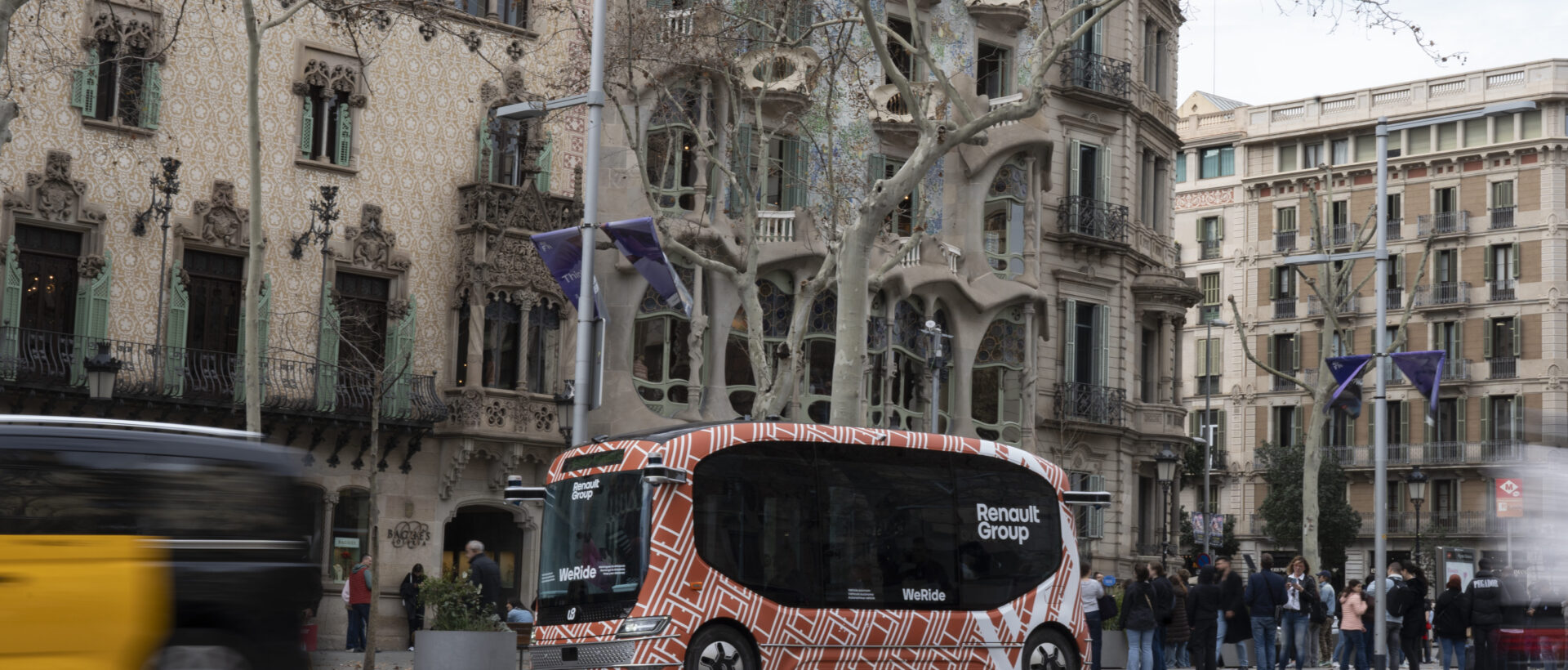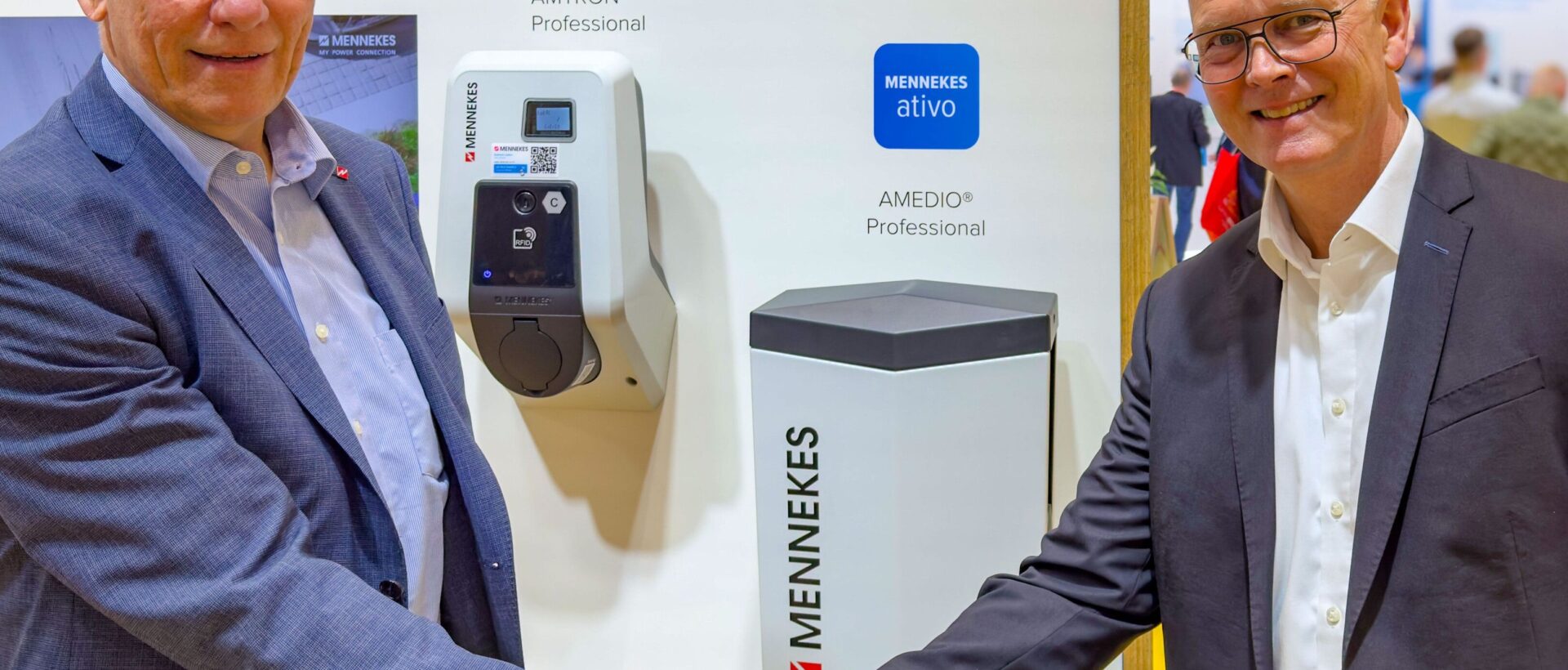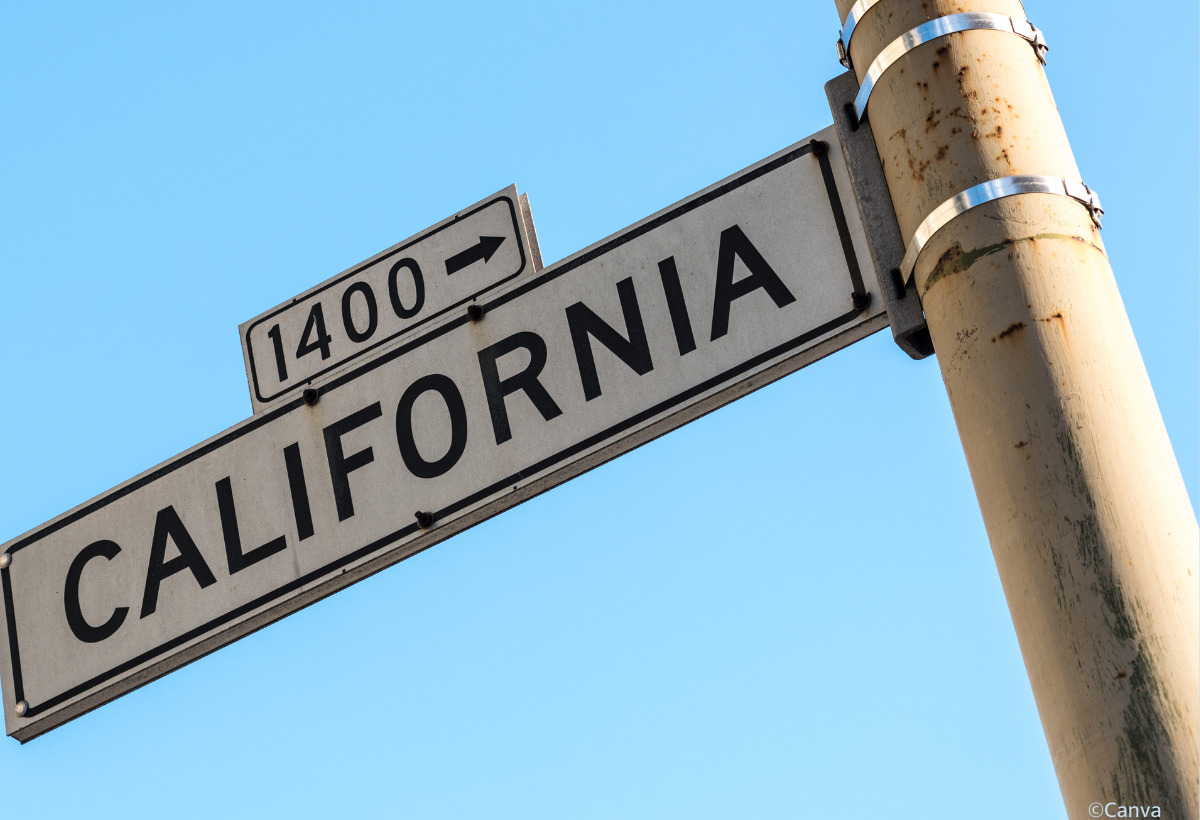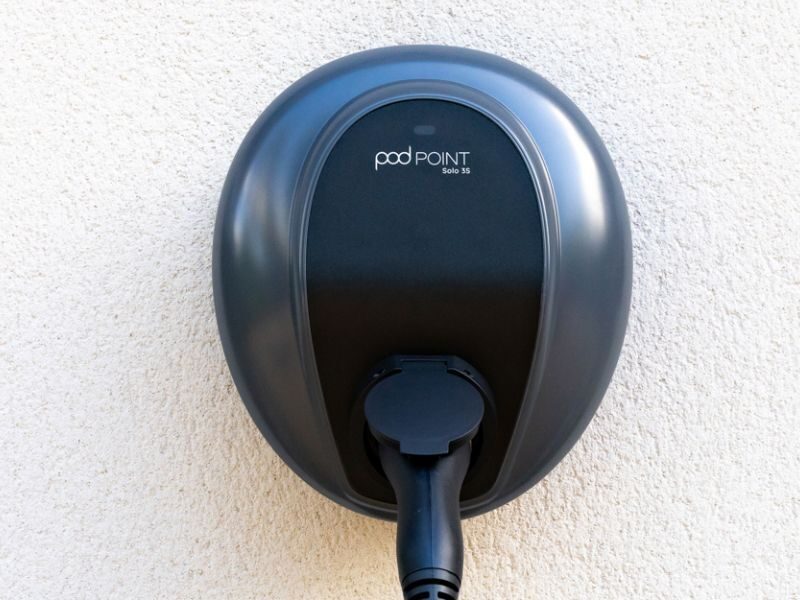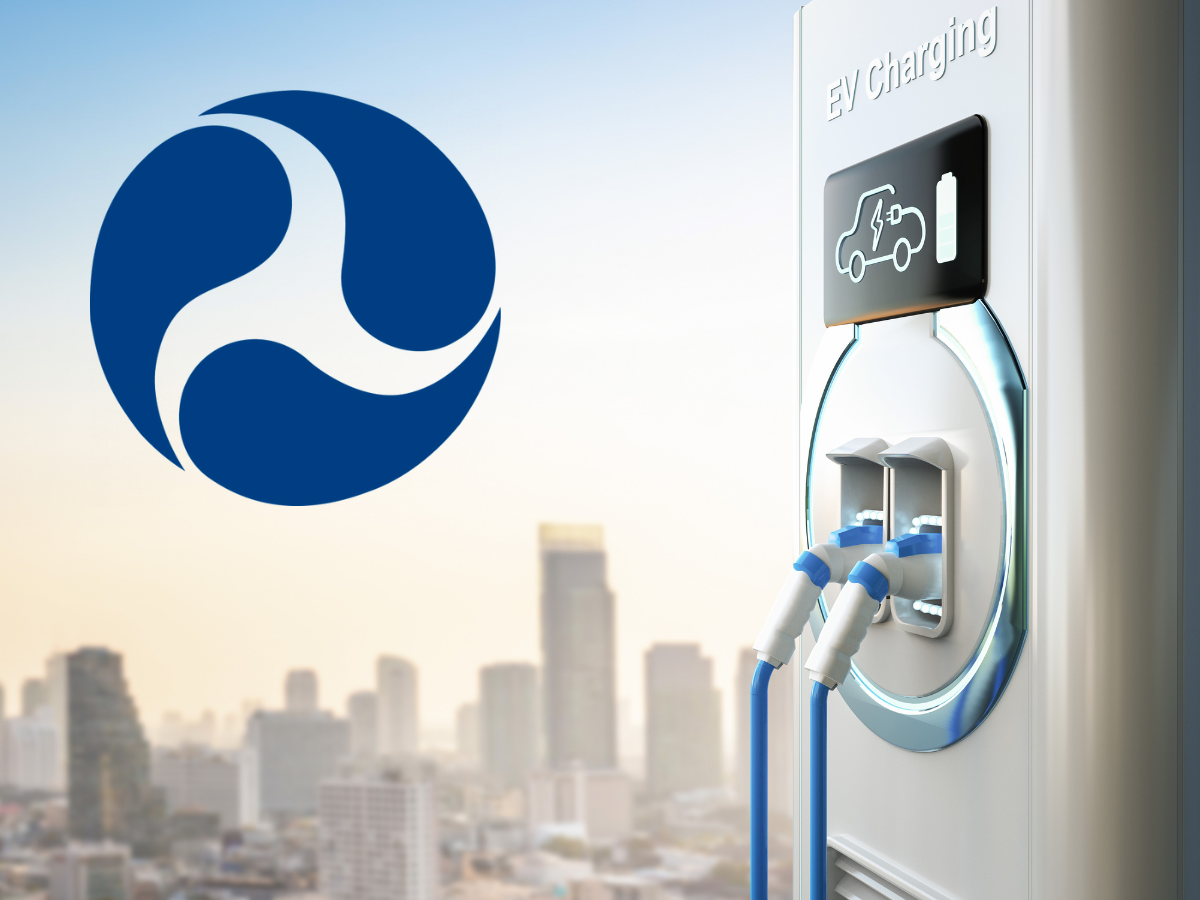By Josephina C. Sumner
The European Commission has now pledged around 1 billion EUR to install high-power EV charging infrastructure for electric trucks and buses across the European Union. This is on top of 1.2 billion EUR already invested in public charging over the prior three years.
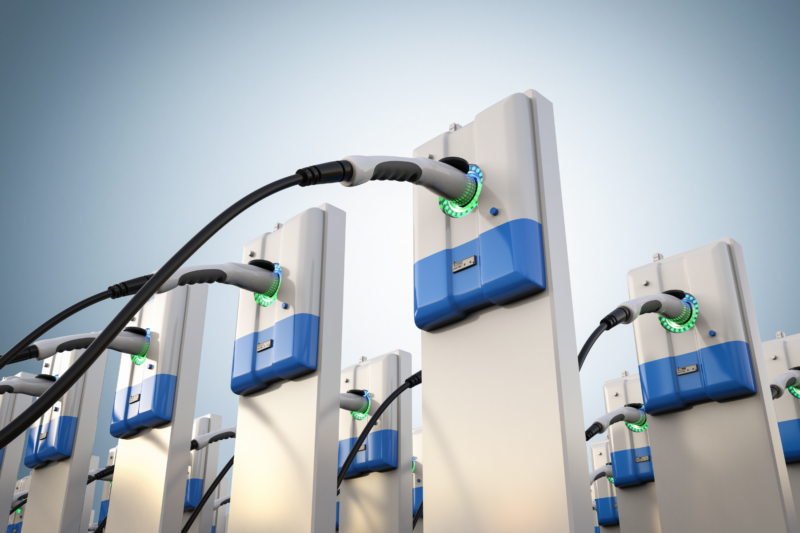
High-power, or ultra-fast, charging stations can deliver up to 100-mile ranges within ten minutes — so this recent investment aims to put an end to “range anxiety” and speed up EV adoption across Europe.
Already, 15 new ultra-fast chargers have been installed in France, under a separate initiative, with more yet to come.
Faster grid connections in EU countries
The European Commission has launched the Alternative Fuels Infrastructure Facility (AFIF) — which will give businesses around 1 billion EUR to build ultra-fast charging stations and connect them to the grid across the EU.
Currently, it can take as long as three years for charging stations to link up to the grid. Elsewhere, in other EU countries, there just isn’t enough extra capacity available. The AFIF aims to streamline and simplify the process of grid integration for ultra-fast chargers and, consequently, drive EV adoption.
The switch to electrified public transport has already made steady progress in EU countries — 46% of new city buses were battery-electric models in 2024, data from the European Federation for Transport and Environment (T&E) shows. But, public transport’s transition to electric could be accelerated even further with better grid infrastructure. Thanks to the funding provided by the AFIF, the EU will be on track to reach its target of 100% zero-emission city buses by 2027.
Ultra-fast charging improves EV convenience
Ultra-fast charging stations are designed to charge electric batteries in almost as little time as it takes to refuel a petrol tank — they provide power outputs of between 100-350kW, which can deliver a full charge in around ten minutes. Countries that make ultra-fast chargers easily accessible will support EV adoption by putting an end to range anxiety.
Fast and convenient charging is particularly important for public transport that runs on a tight schedule and can’t let inefficient charging disrupt their services. Buses also need to be able to quickly recharge in order to be ready to deal with unexpected route changes.
But, charging stations can do more than just support EV adoption, they also have a positive impact on local businesses. For example, in California, every business in close proximity to a charging station saw an increase of around 1,500 USD for the year, a recent MIT study found. This extra customer spending can help cover the initial cost of charger installation. For instance, a Level 2 charging station costs around 8,000 USD, although this can rise to 12,000 USD (approx. 11,120 EUR). The revenue boost the station generates can help businesses recoup the expense and thrive in the long term.
New ultra-fast charge network rolls out in France
France is already leading the way in terms of charger installations in the EU — 25% of the country’s 130,000 chargers are fast (50kW+), while around 10% are ultra-fast. Recently, 15 new ultra-fast charging hubs (320kW) also opened as part of the Mobilize Fast Charge network — an exciting initiative by DC charging manufacturer, Kempower, in partnership with Renault Group brand, Mobilize. 40 more ultra-fast stations are also to be built through this arrangement, with some already waiting to be connected to the grid.
The stations are available for all EV drivers to use, and are installed on or near highways, so electric car, bus, and truck drivers can easily re-charge on long journeys.
The rise of ultra-fast EV chargers is set to accelerate the transition to EVs. As they make recharging quick, easy, and convenient for drivers, high-power chargers will make EV adoption more attractive than ever.



